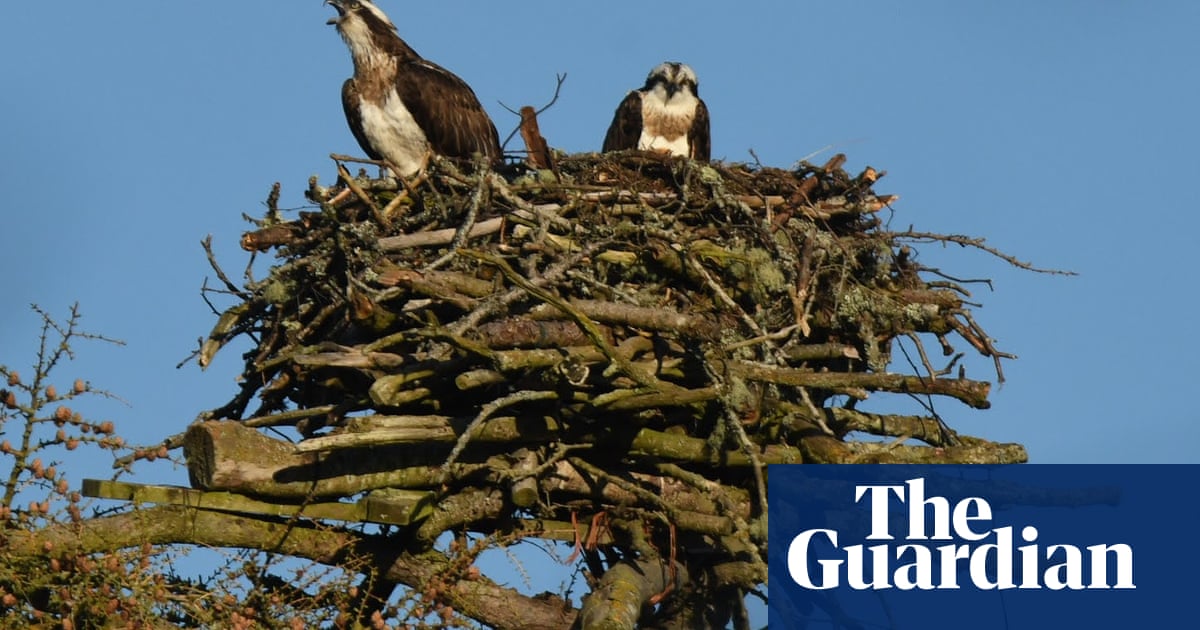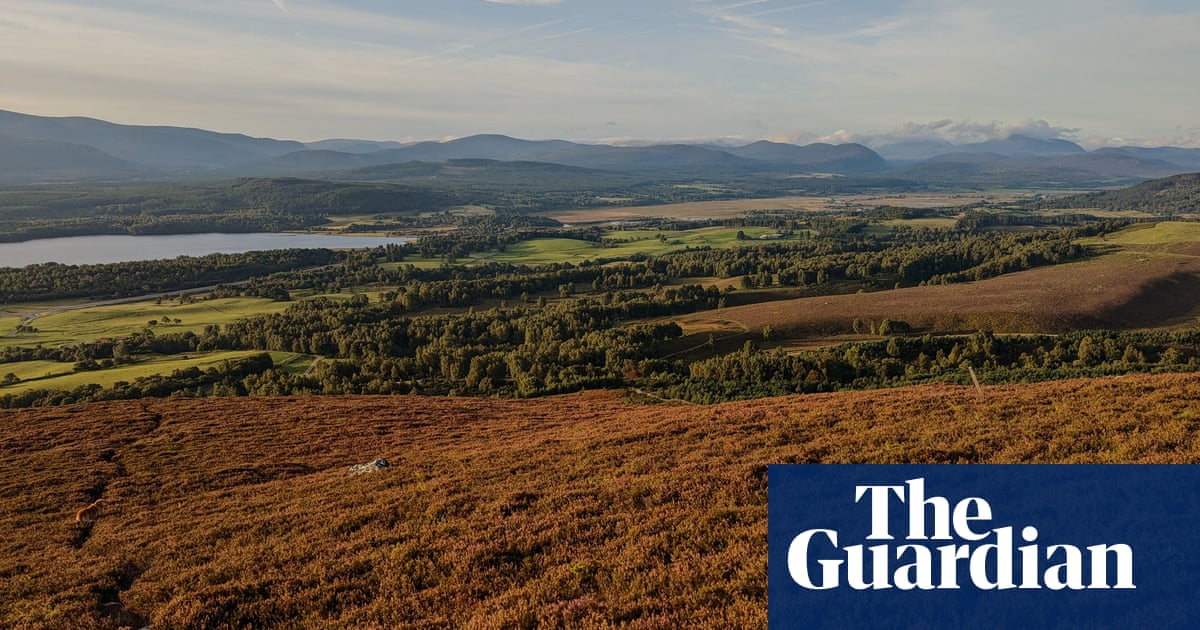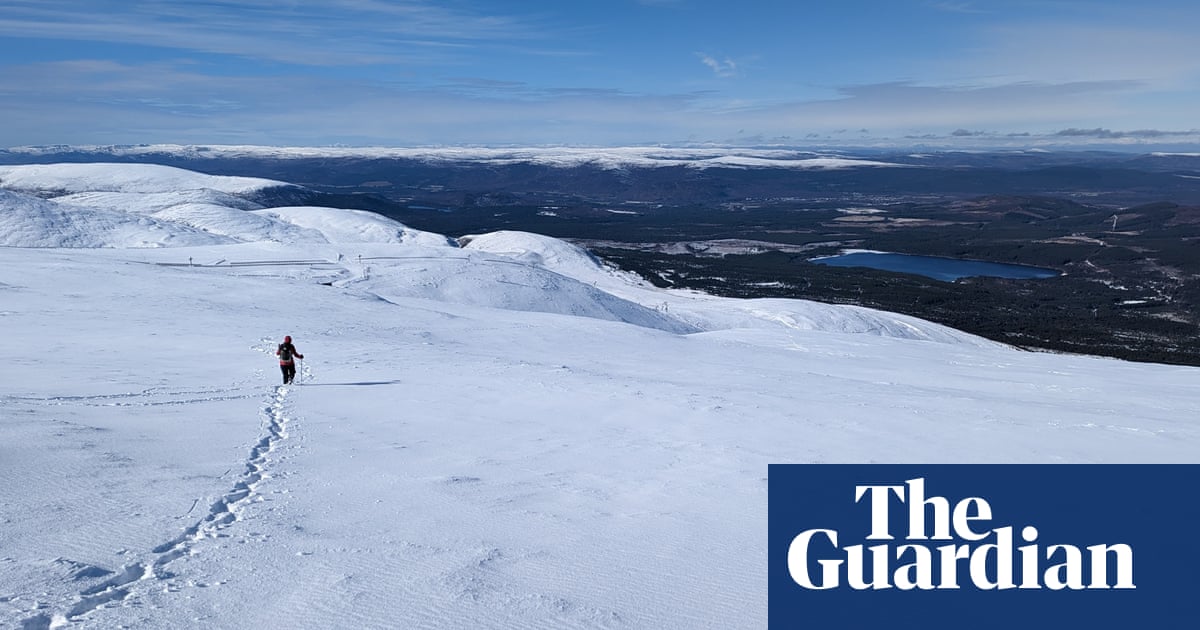
Every year we wait and wonder. Will they come back? Will they reunite and mate? Will the chicks survive? This agonising starts in late March as we scan the skies above the loch for the return of the ospreys from Africa. One normally arrives in late March or early April, usually the male, with a mate soon after. For 14 years, the female was the beloved “Green DY”, known by her plastic leg ring, which successfully fledged chicks in all but one year of her tenure. That was 2012, when she was defeated by torrential rain.
But last year she never appeared, and there was a sigh of loss across the internet. A new female came, however, partnering with DY’s old mate, and produced three chicks. The same pair are back, proving nature’s cycles of renewal, given a chance. Persecuted to extinction in Britain by 1916, ospreys returned to Speyside in the Cairngorms in 1954 and, gradually, to other sites across the UK. A pair built the nest here in Badenoch exactly 30 years ago, and it has yielded 59 young. This is especially impressive when most years the happy couple must endure winter’s departing kick of a snowstorm in April.
On this late May day, however, the loch is balmy and languid. The trees are finally opened to green, the shores skirted with long, lush grasses and the breeze merely a warm breath across the sluggish water. The female is hunkered well down in the nest, a sure sign of incubating eggs. Only her head is visible, turning sharply to and fro, golden eyes surveying the land. The male sits on his customary perch on a neighbouring dead larch, watching her. His high-pitched chip-chip-chip-chip-chip rings out across the loch, echoing on the hills around.
He will deliver fish to her and the chicks until they learn to fly in late July, and will add to the nest, skydancing above it with twigs in his talons. Throughout, he will be sentry, fighting off predators – often other ospreys – until the female leaves and he follows soon after in early September.
The chicks are the last to go, by some miracle finding their way to west Africa, too. In about three years, some will return. We will be here, waiting and wondering.












